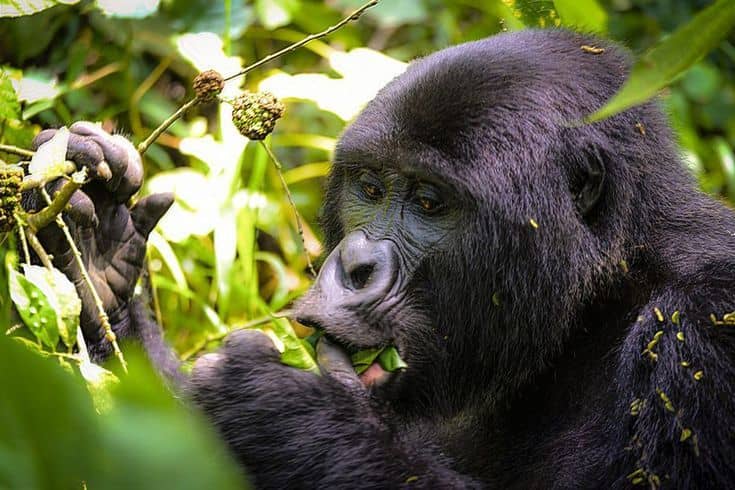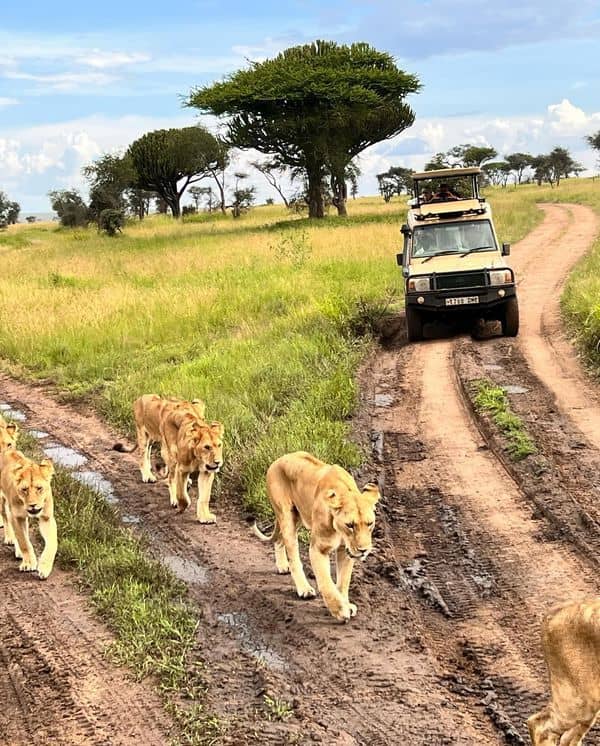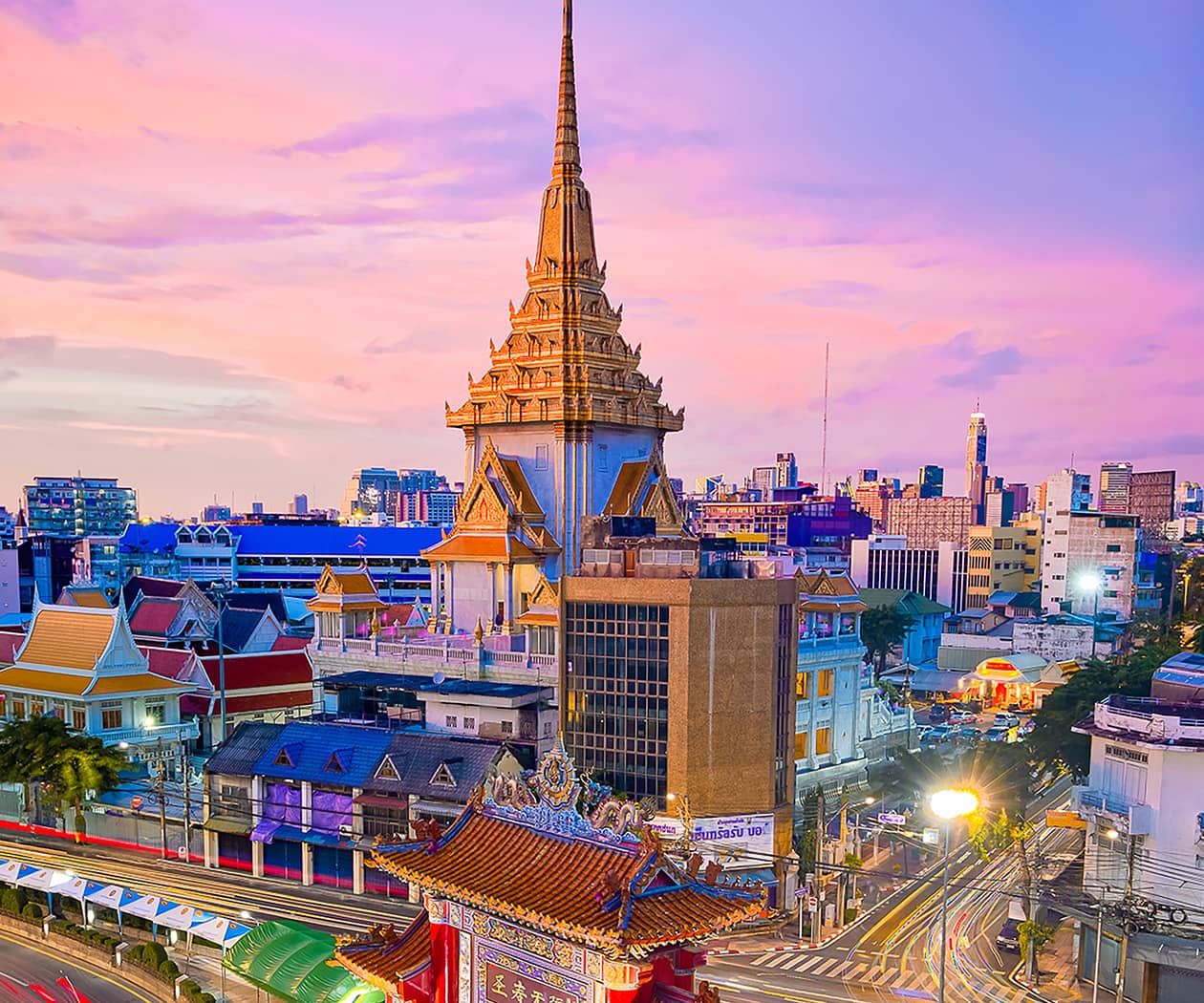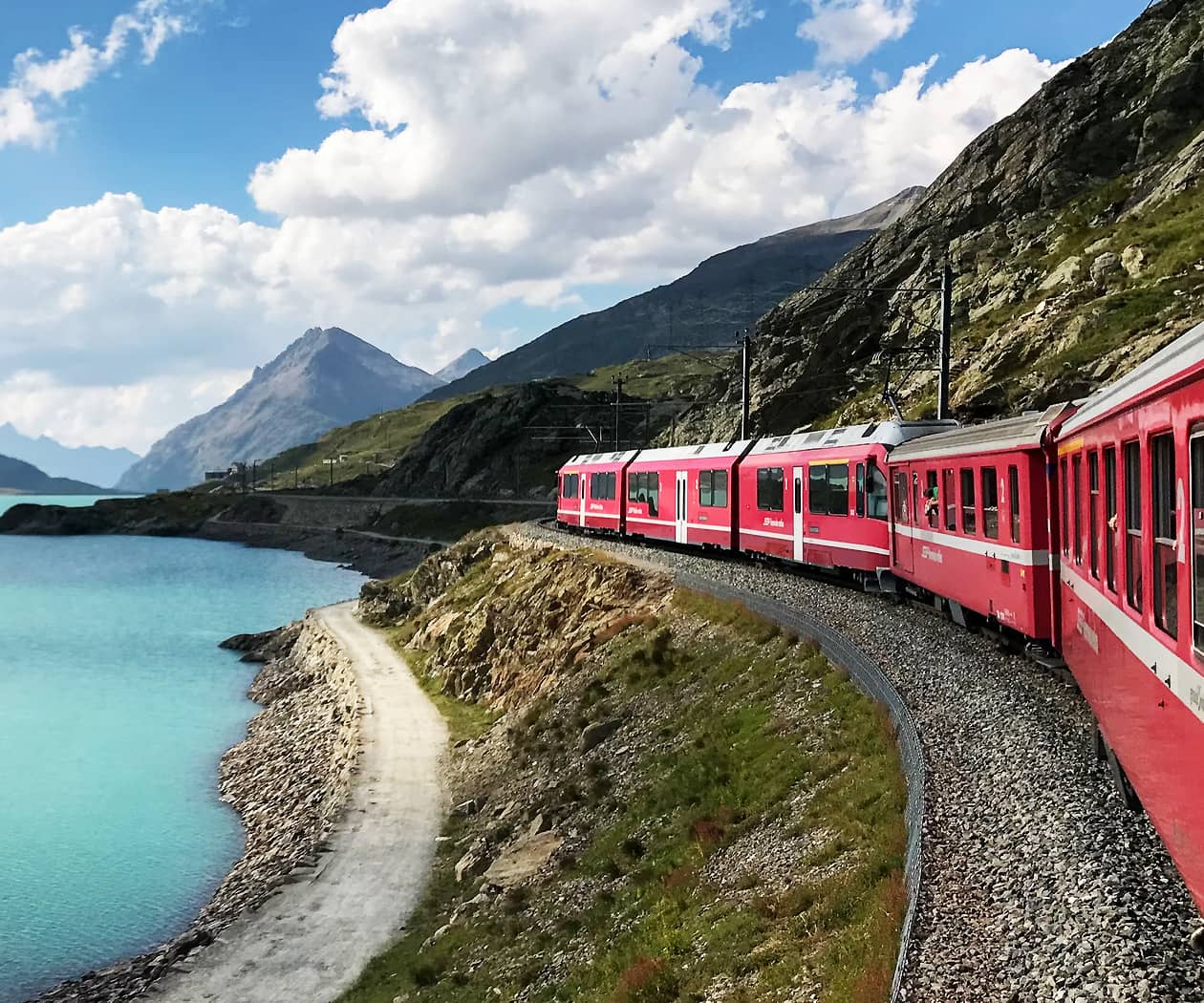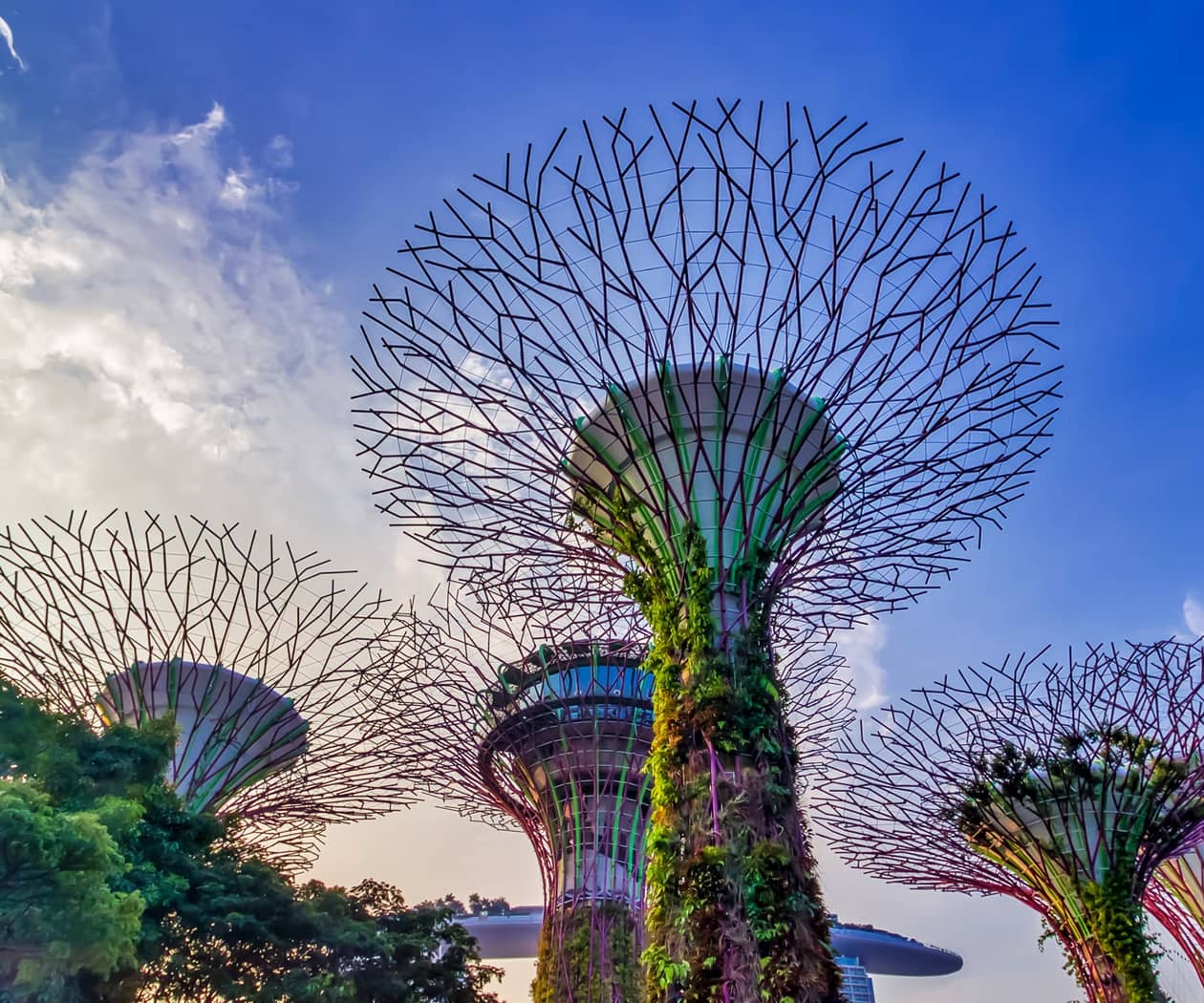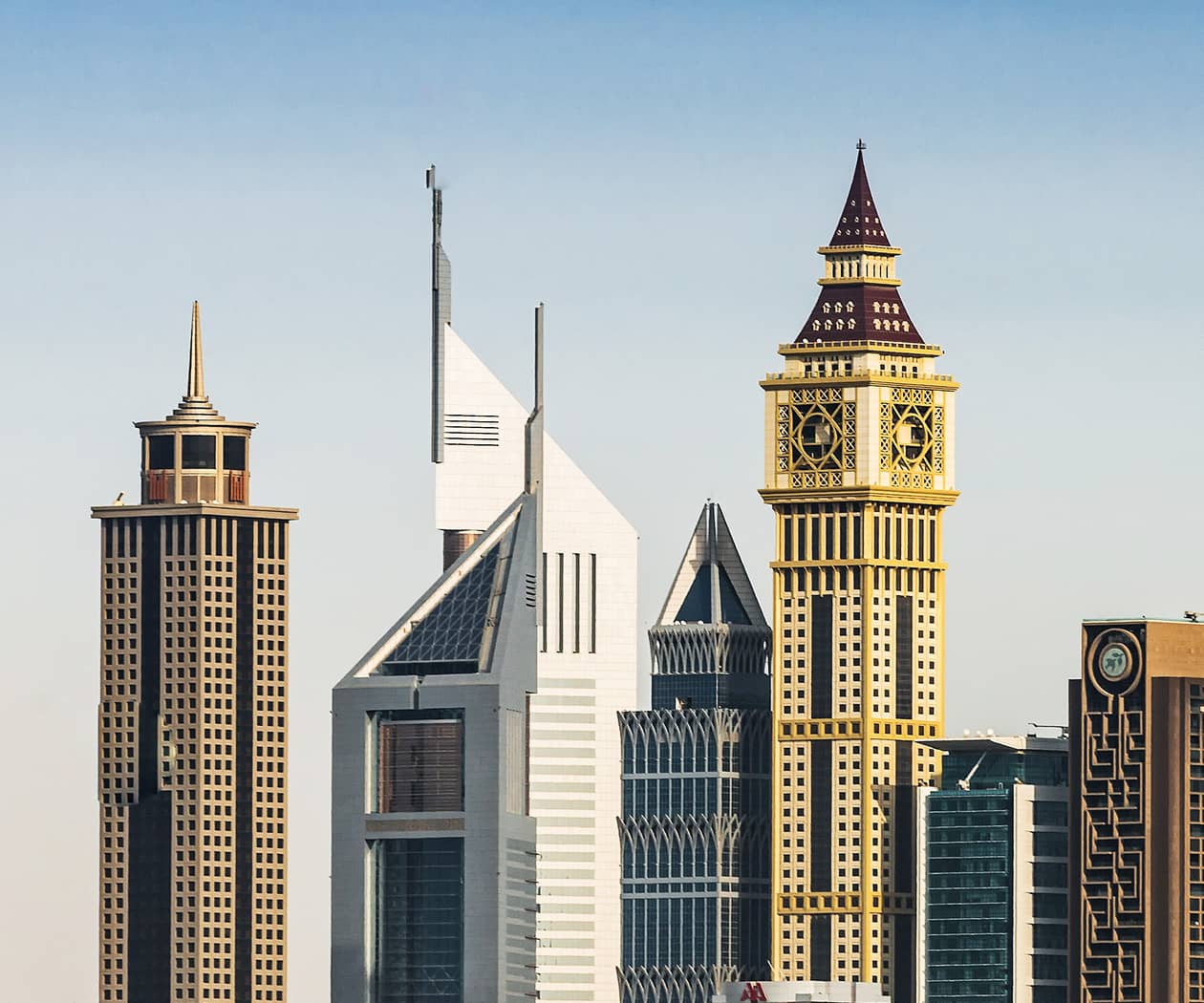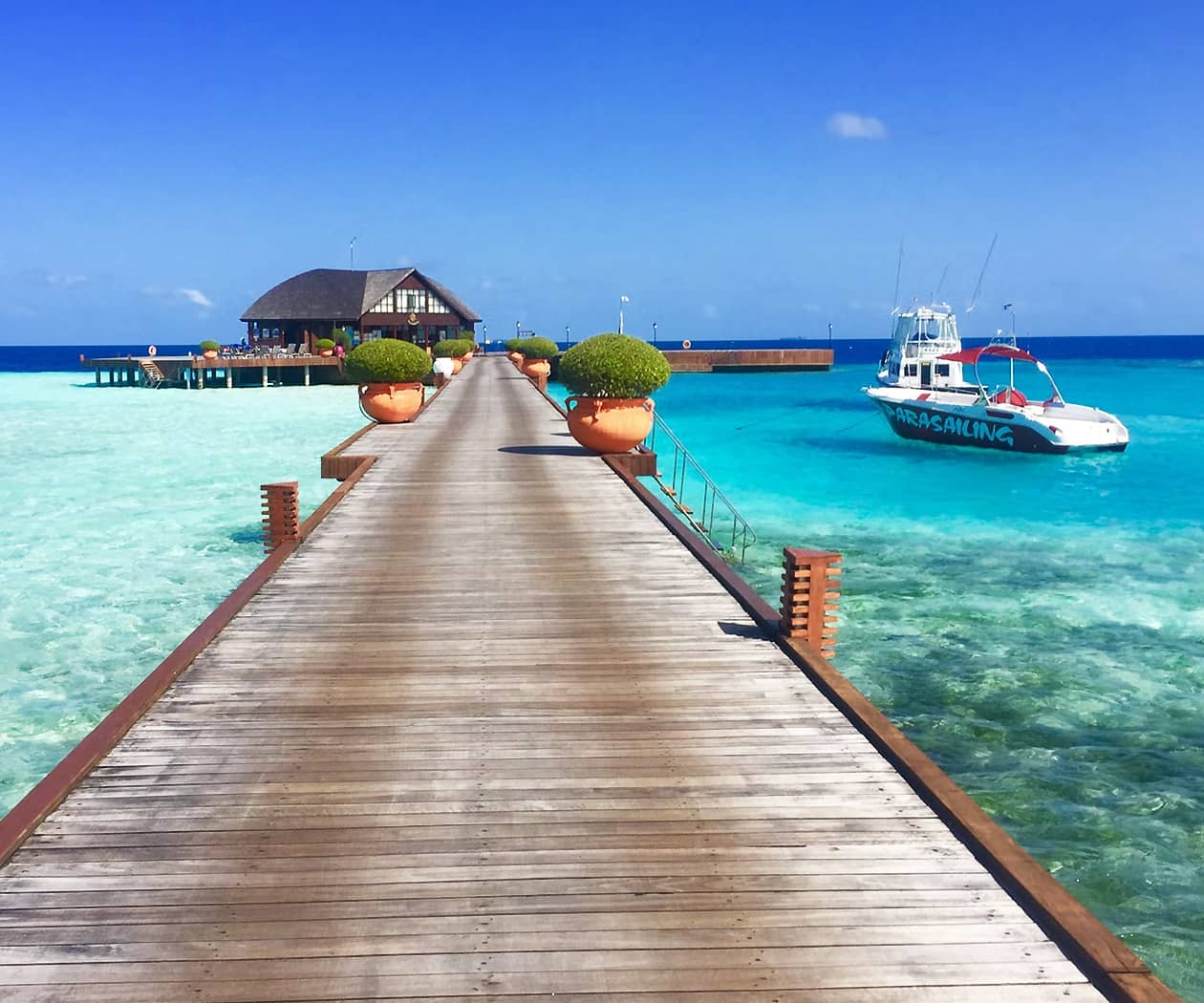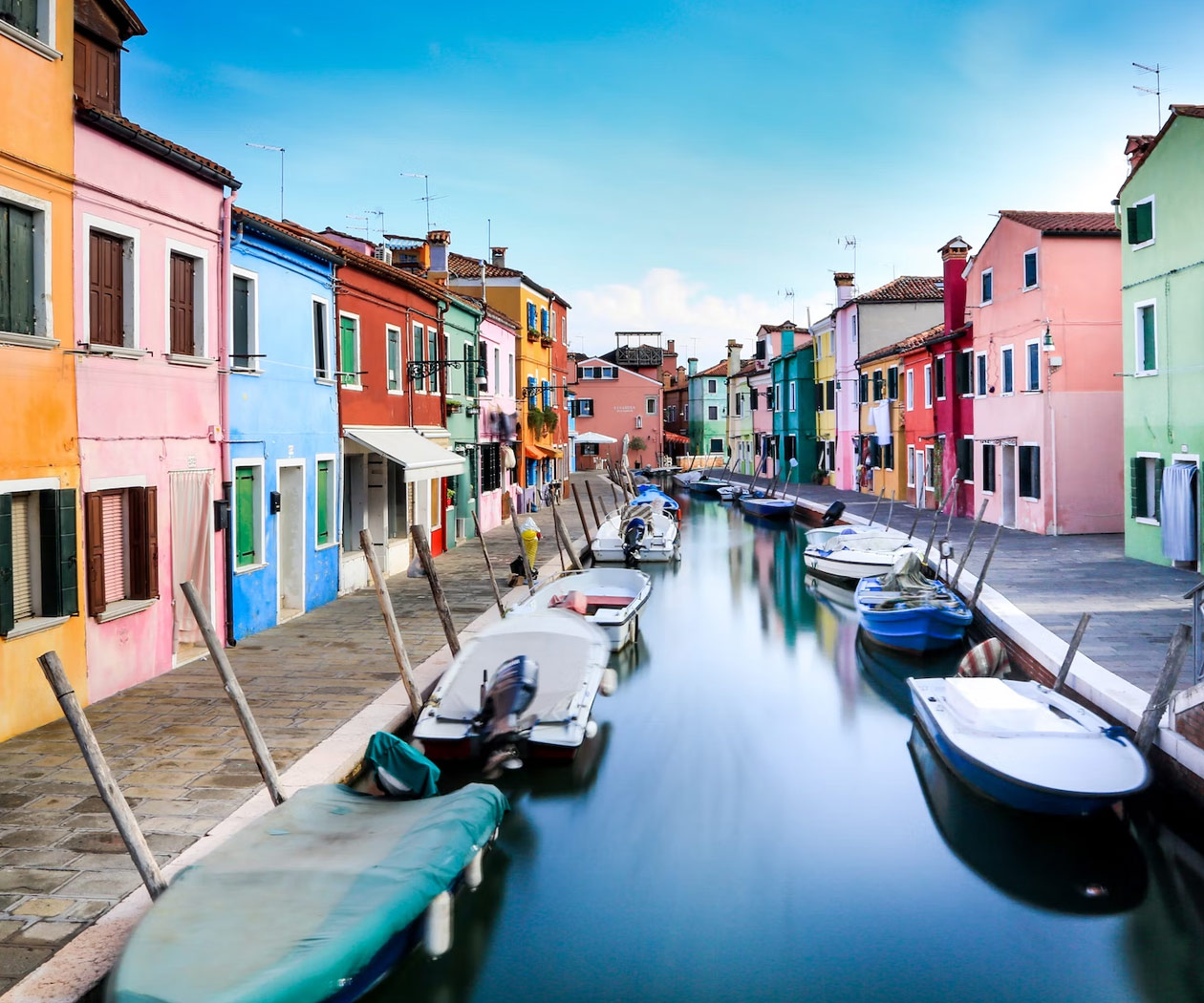Gorilla Trekking During COVID-19: What Changed?
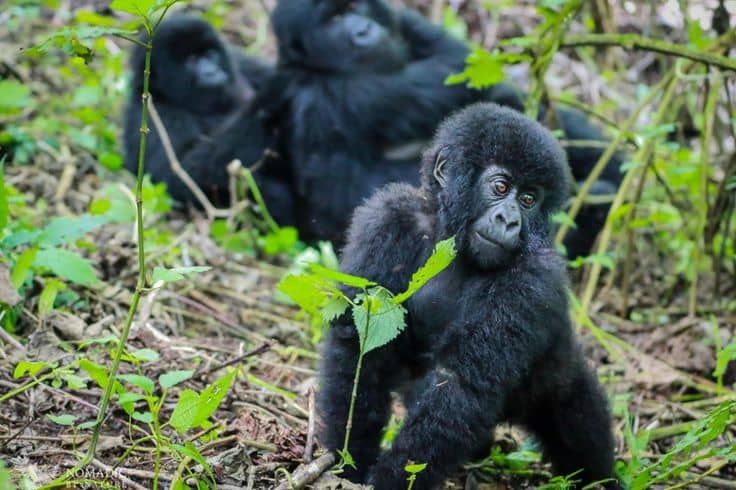
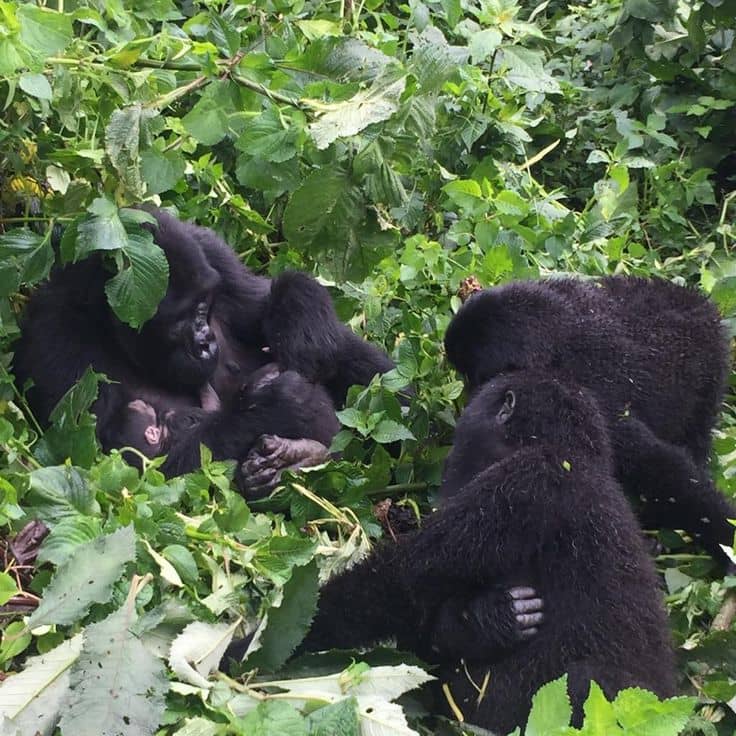
The global pandemic reshaped travel in countless ways, and gorilla trekking was no exception. As adventurers return to Uganda’s misty forests, many wonder: “Gorilla Trekking During COVID-19: What Changed?” From enhanced health protocols to smaller group sizes, the experience has evolved while retaining its magic.
This comprehensive guide examines all the transformations in Gorilla Trekking During COVID-19: What Changed?, helping you navigate the new norms while still enjoying one of Africa’s most breathtaking wildlife experiences. Whether you’re planning your first post-pandemic trek or returning after previous visits, understanding these changes ensures a safe, responsible, and unforgettable journey.
The 5 Biggest Changes in Gorilla Trekking Post-COVID
1. Strict Health Protocols for Protection
Before COVID: Basic health checks were optional
Now: Mandatory measures include:
-
Temperature checks at briefing points
-
Proof of vaccination or negative PCR test (requirements vary)
-
Sanitization stations at all touchpoints
-
Mask-wearing when near gorillas (provided if needed)
Why it matters: These protocols protect both visitors and endangered gorillas, who are susceptible to human respiratory illnesses.
2. Smaller Trekking Groups for Intimate Experiences
Before COVID: 8 visitors per gorilla family
Now: Typically 4-6 visitors (varies by park)
The silver lining: Fewer people means:
-
More personal wildlife encounters
-
Better photo opportunities
-
Less disruptive to gorilla families
3. Advanced Booking Becomes Essential
Before COVID: Last-minute permits sometimes available
Now: Must book months ahead due to:
-
Reduced daily permits to limit crowding
-
Increased demand from postponed trips
-
New online booking systems
Pro Tip: Book at least 6-9 months early for peak seasons (June-August, December-January).
4. Tougher Fitness Requirements
Before COVID: Moderate fitness level acceptable
Now: Rangers more cautious about assigning groups because:
-
Longer routes sometimes used to spread out trekkers
-
Emergency evacuations more complicated
-
Health risks of exhaustion in remote areas
Preparation Advice: Start cardio training 2-3 months pre-trek.
5. Digital Transformation in Tourism
Before COVID: Paper-based processes dominated
Now: Contactless systems include:
-
E-permits instead of physical documents
-
Cashless payments preferred
-
Online briefings supplement in-person sessions
What Hasn’t Changed? The Magic Remains!
While answering “Gorilla Trekking During COVID-19: What Changed?”, it’s reassuring to know the core experience stays intact:
-
The 1-hour rule: Still a full hour with gorillas once found
-
Breathtaking scenery: Same ancient forests and volcanic vistas
-
Expert guides: Still the most knowledgeable rangers in Africa
-
Conservation focus: Permit fees still fund vital protection programs
Planning Your Post-Pandemic Trek: A Step-by-Step Guide
1. Health Preparation
-
Check latest vaccination/test requirements (Uganda Wildlife Authority website)
-
Pack COVID supplies: masks, sanitizer, thermometer
-
Consider travel insurance with COVID coverage
2. Booking Smart
-
Work with reputable tour operators familiar with new rules
-
Verify permit authenticity (scams increased during reopening)
-
Build flexibility into your itinerary
3. During Your Trek
-
Respect all health protocols (rangers will enforce them)
-
Bring zoom lenses to compensate for slightly greater viewing distances
-
Be patient with new procedures
4. After Your Visit
-
Monitor your health for 10 days post-trek
-
Consider donating to gorilla health research
-
Share experiences to support responsible tourism recovery
The Future of Gorilla Trekking: Lasting Changes?
Many pandemic adaptations may become permanent improvements:
Smaller groups for better experiences and less stress on gorillas
Health screenings to protect gorillas long-term
Digital systems reducing paper waste in parks
Advanced bookings helping manage sustainable tourism numbers
Is Now the Right Time to Go?
Pros of Trekking Now:
-
Fewer crowds than pre-pandemic
-
Enhanced health safety measures
-
More personalized attention from guides
Considerations:
-
Slightly higher costs due to operational changes
-
Need for careful trip planning
-
Last-minute changes possible
The Verdict: For those comfortable with new protocols, this may actually be the ideal time – combining COVID-era precautions with the wilderness experience you’ve always dreamed about.
Your Next Steps to an Unforgettable Journey
Now that we’ve explored “Gorilla Trekking During COVID-19: What Changed?”, you’re equipped to plan your adventure with confidence. The essence of gorilla trekking – those profound moments of connection with our wild relatives – remains as powerful as ever.
Ready to take the next step?
-
Check current travel requirements
-
Secure your permits through official channels
-
Prepare both physically and mentally
-
Pack your sense of wonder alongside your sanitizer
The mountain gorillas await, and their misty forests have never felt more precious.

